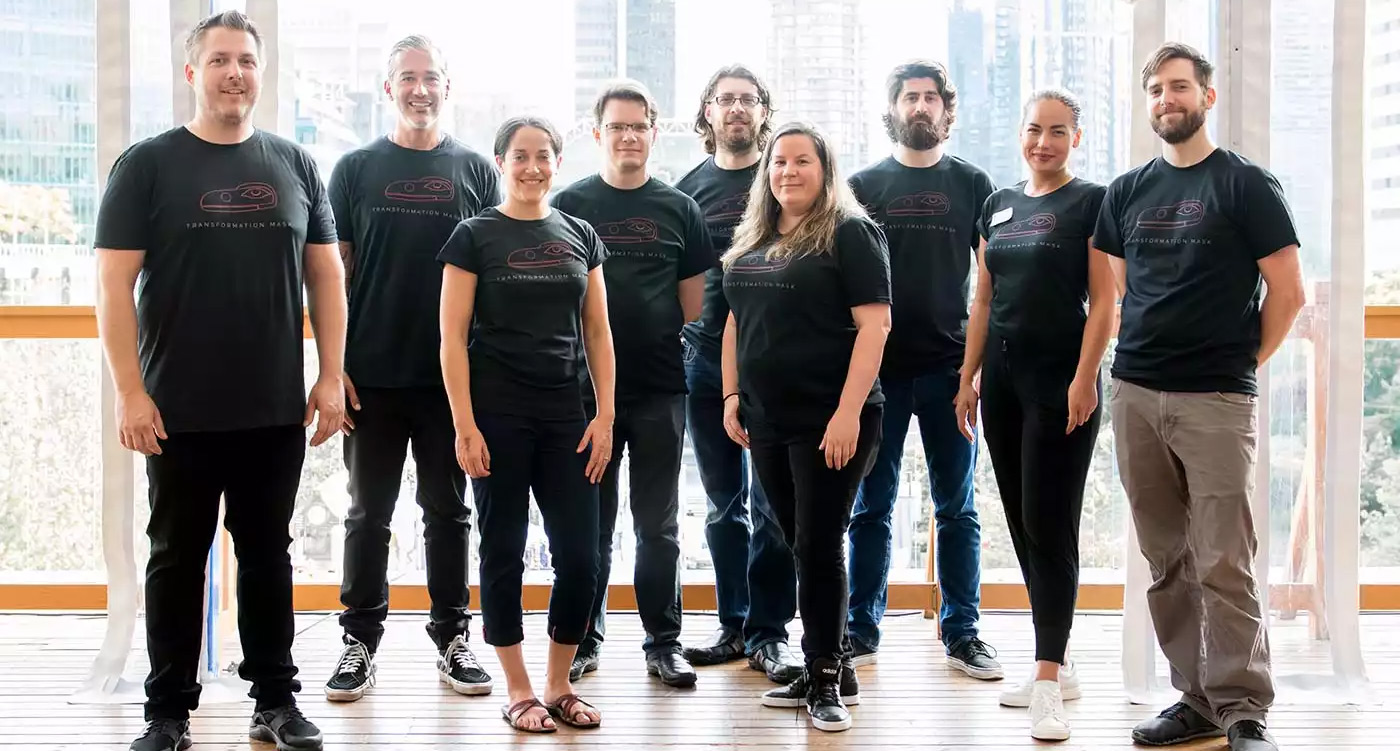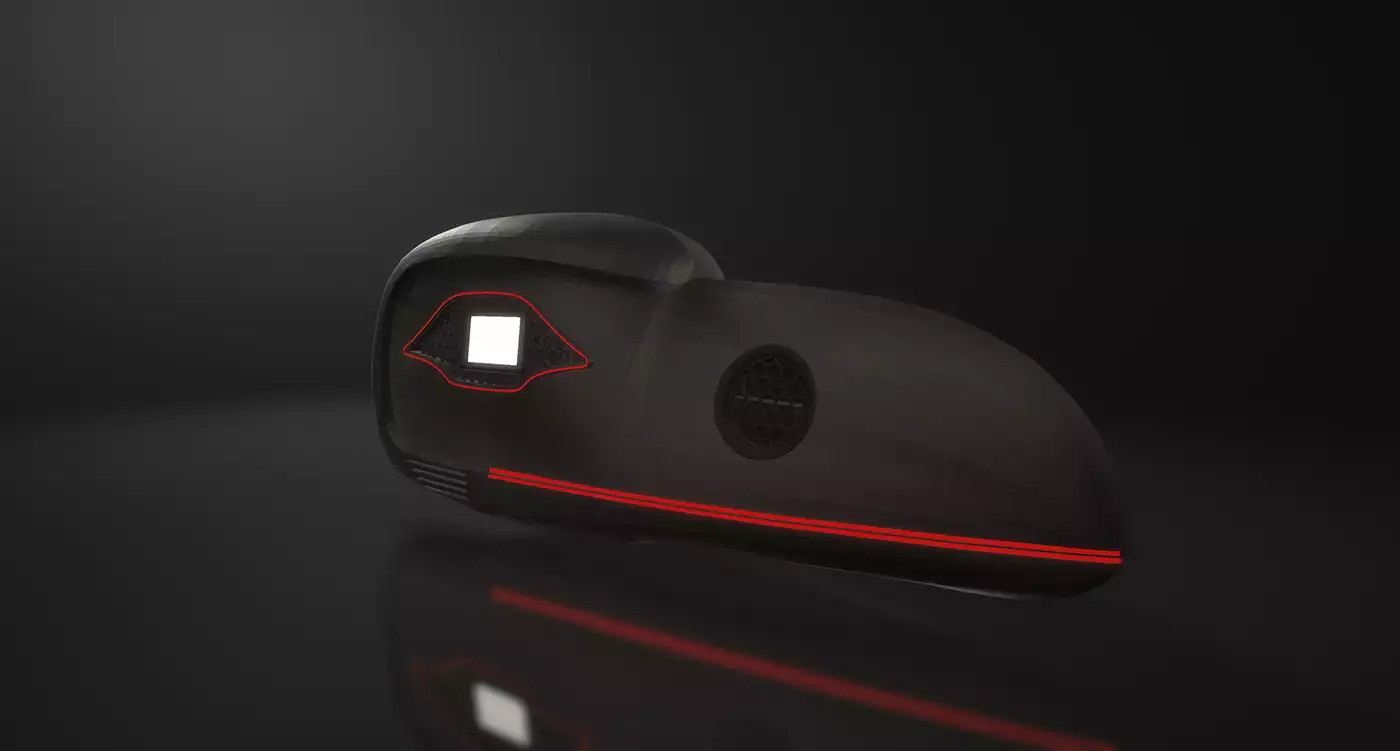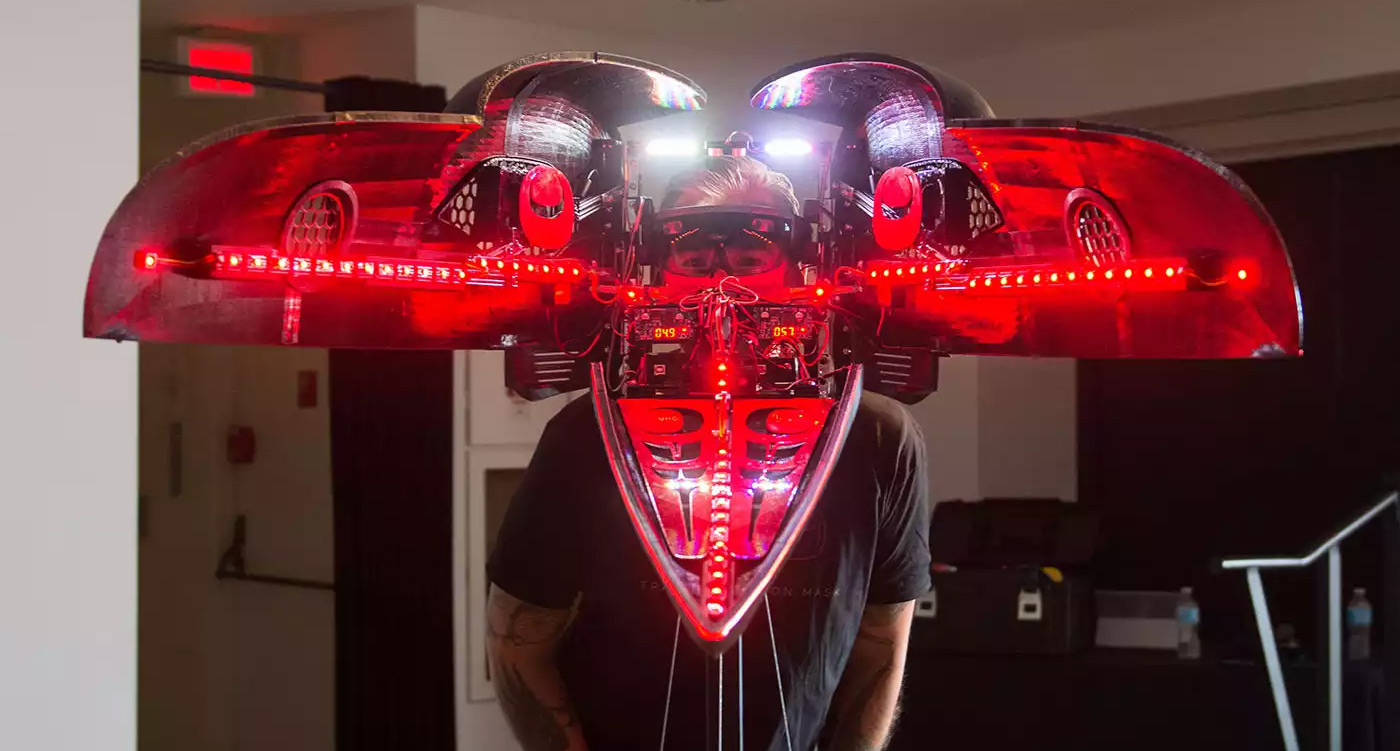While virtual reality has largely been targeted at gaming audiences since its popularization over the past few years, augmented reality has had much more of a mixed focus. One area it has shown some real growth is in art. While you might expect digital graffiti though, robotic raven heads fitted with lighting and a Microsoft Hololens are another thing entirely.
Developed in collaboration between Microsoft and artist Shawn Hunt and his team, the project, known as the Transformation Mask, builds a small Arduino computer into the enormous face mask, along with a Hololens and complicated robotics. The end result is a mask that looks like it was designed for a 17th-century plague doctor, but can robotically open up to reveal its wearer, who can then view the world in augmented reality.
It’s designed as an art piece, and visitors to the Vancouver gallery, where the headset will be displayed, can walk up to it and look through it to achieve a unique perspective. When the mask opens up, the world changes once again, augmented by the reality-bending abilities of the Hololens headset.
The mask itself was created in 20 individual pieces through 3D printing, and took over 300 hours in total to produce and build. Hidden within the mask’s interior are a selection of sensors and motors, along with an ultrasonic range finder to pinpoint when someone is wearing the mask (thanks OnMsft).
Each ‘eye’ of the mask has a Windows phone built into it, and can display custom graphics or video while worn, and lighting strips running along the seams of the mask add to its otherworldly theme. The phone imagery, the lighting, the built-in audio, and the actuators are all controlled and monitored by the Hololens headset itself via Bluetooth, using its on-board processing to achieve a cohesive experience.
In a true convergence of reality-altering hardware, during a short film that details the creation of the Transformation Mask, we see Hunt himself creating some of the augmented reality visuals displayed through the mask, in Google’s Tiltbrush application using an HTC Vive headset.




